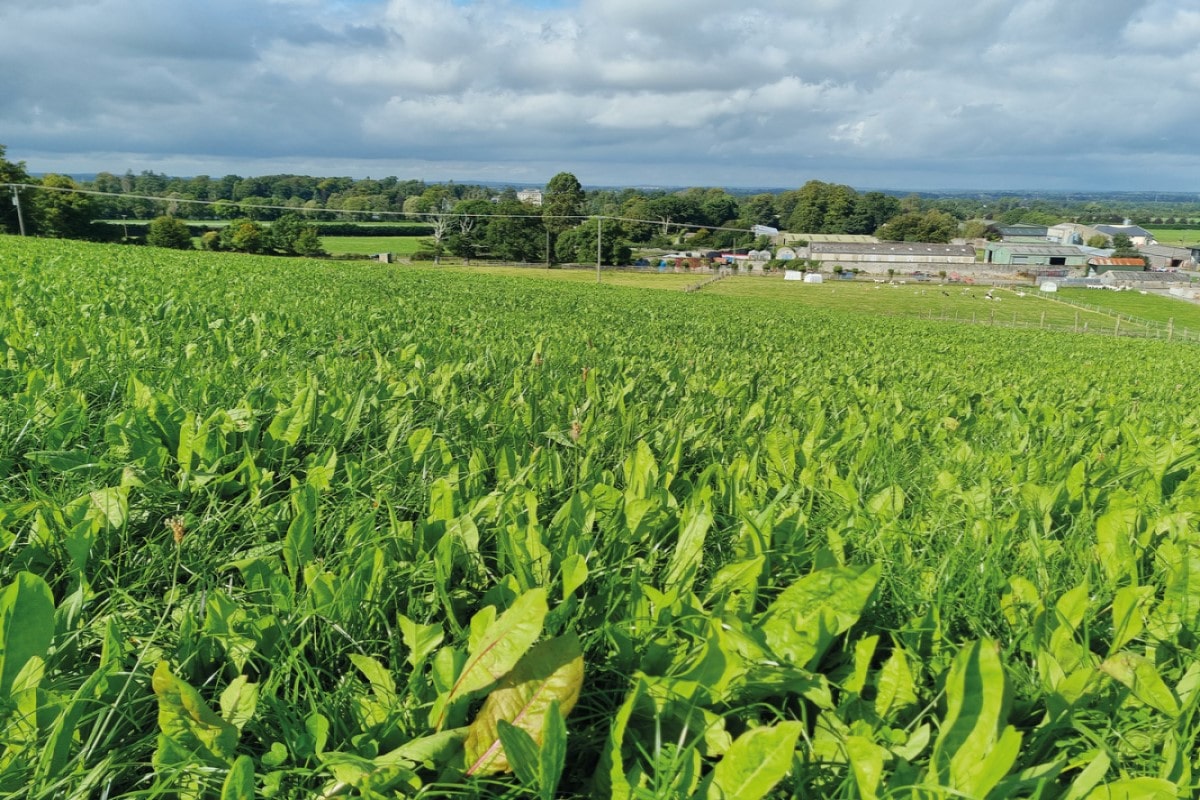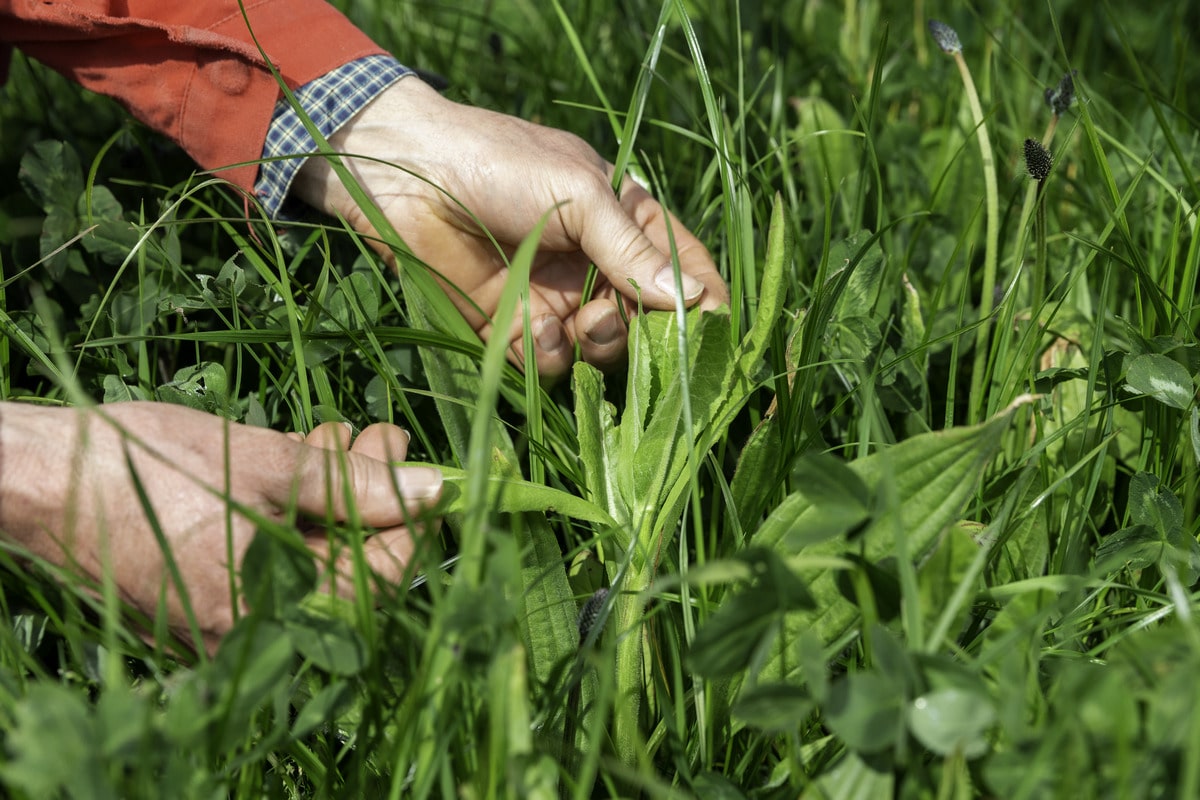Previous dry summers have increased the focus on how our climate is changing and the need for sustainable farming practices. When and how can multi-species swards play a part?
Germinal Horizon’s research already shows the benefits of multi-species to silage and milk production and we’ve extended this work to establish where they add the most value for livestock farmers.
Here, we look at the latest findings from Germinal-supported multi-species grazing trials at University College Dublin (UCD) and from a dairy farmer increasing sward diversity on his farm in County Tipperary.
Multi-species grazing trials
Over the past couple of years, researchers at UCD’s Lyons Farm have been investigating the effects of multi-species on lamb performance. Jonathan Higgins shares some of their results and observations on the management of diverse swards.
We’ve now finished two years of comparing multi-species with a grass-based system having ewes and twin lambs on each forage type stocked at 12 ewes per hectare. The ewes and lambs remained solely on their allocated forage type throughout the study, primarily focusing on the 14-week lactation period from March to June.
With a higher crude protein concentration, the multi-species swards supported increased animal performance. In both years we saw a clear difference in lamb growth rates.
On average, lambs of the multi-species-fed ewes, co-grazing the crop with their mothers, were 4.3 kg heavier. As they were predominantly twin lambs, this equates to 8.6 kg extra lamb weaning weight per ewe.
The ewes grazing multi-species themselves were also heavier – 3.4 kg on average. And, importantly, showed an average greater body condition score of 0.17 compared to ewes grazing the grass-based system.
Diverse swards tolerate dry weather
The multi-species grazing mixture contained AberGain and AberChoice perennial ryegrasses, red and white clover, chicory and plantain.
The varied root and stem systems of the multi-species helped them cope better in periods of low rainfall. Although herbage growth rates slowed in both forage types during periods of low rainfall, the growth rate of the multi-species swards was higher than in the grass-based system.
In managing the multi-species, we focused on pre-grazing sward height rather than cover as you would with pure grass swards. This was combined with increasing the rest period between grazings to allow the herbs time to regrow sufficiently with the aim of increasing persistency. Multi-species swards should not be grazed during very wet weather as this will limit the herbs’ persistency.
Persistency is where future research will continue to focus to establish how best to maintain the various species within the sward alongside the perennial ryegrasses in efficient ruminant production systems.

Supporting dairy cattle nutrition
Brian Hogan is delighted with the results he’s seen from introducing multi-species to his dairy farm in County Tipperary and plans to sow more this spring:
"I first tried multi-species last year, sowing one field in April after a crop of Redstart to graze in-calf heifers. It was a trial and I’m very happy with how it’s gone, having had six grazings during the season. It had three bags of 10-10-20 initially and nothing more until I put on another 50 kg/acre before the final grazing.
"The heifers settled into it well after the first grazing and clean out was good except for a small area around the trough. The crop did particularly well during the drought we had last summer, staying a rich green compared to everything else."
Increasing multi-species grazing
"I’m planning to sow another 14 acres this spring in the drier areas of the grazing platform. I know the cows may be fussier eaters than the heifers and will watch for any drop in protein levels, but I have nothing to lose by trying it.
"I’m still learning how to manage multi-species swards and not sure if I grazed the red clover a bit hard, but the heifers were enjoying it! I didn’t include timothy in the mixture, choosing to stick with perennial ryegrasses alongside chicory, plantain, red clover and white clover.
"The way it remained green during the driest parts of summer showed me the longer roots of some species are doing something really positive underground.
"I wasn’t confident it would suit my farm at first, but I’m really pleased now – it has surprised me."
Read our How to grow multi-species swards guide to find out more.
Ask an expert about multi-species swards
